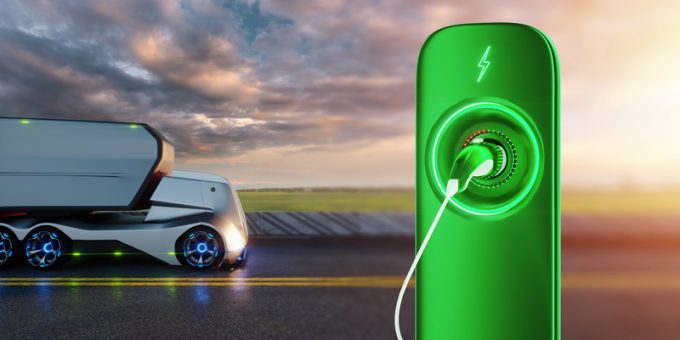DFDS celebrates Ekol buy, and says shift to electric trucks going 'better than expected'
They have been partners since 2018, started acquisition talks in 2022 and now DFDS has ...

Hauliers have broadly welcomed the EU’s Greening Transport Package, but there are concerns over its proposed deadlines and alternative fuels infrastructure.
Unveiled yesterday, the package received strong support from European Combined Transport, the UIRR and IRU director of EU advocacy Raluca Marian, who described it as “far more ambitious” than its predecessor, presented a decade ago.
She said: “This proposal offers serious opportunities to road goods transport companies to improve their operational efficiency, optimise the load factor and, therefore, reduce fuel consumption and emissions for both zero-emission and traditional fleets.”
UIRR president Ralf-Charley Schultze said if twinned with a suitable legislative model, the package “presents a unique opportunity” to develop a more holistic approach for haulage.
“When it comes to inland freight transportation, the greening challenge has a single affordable, low risk, and high-efficiency solution, which is door-to-door combined transport,” he added.
However, suggested deadlines have left industry concerned, notably over limits to the flexibility of the use of traditional standard vehicle combinations in international transport after 2035.
Explaining the issue, one source told The Loadstar: “Today, the maximum authorised weight of a standard vehicle combination used for cross-border intra-EU operations is 40 tonnes. The proposal says that where neighbouring member states allow a maximum authorised weight of 44 tonnes for national operations, they cannot reject 44 tonnes as a maximum authorised weight for cross-border operations to and from their territory.”
From 2035, that flexibility only applies to zero-emission vehicles, all other 40-tonne+ vehicles could not cross borders.
The EU also announced plans for alternative fuels infrastructure, which the IRU believes does not go far enough, and suggests this “lack of cross-border flexibility” could result in SME firms being handicapped.
Under the changes, electric-charging infrastructure dedicated to heavy-duty vehicles must be deployed every 120km on 15% of the length of the TEN-T network by the end of 2025. The distance between will be reduced to 60km on the core, and 100km on the comprehensive, network.
The IRU welcomed the increase in the target for 2027 from 40%, as initially proposed by the council, to 50%, as well as the unequivocal 100% target for 2030. However, it has questioned the derogations member states can use to limit infrastructure development or electricity generation.
Ms Marian said: “Without sufficient electrical power, HGVs will not be able to rely on charging infrastructure; this rule change therefore fails to address the electricity grid component of alternative fuels infrastructure for heavy-duty vehicles.”
Comment on this article